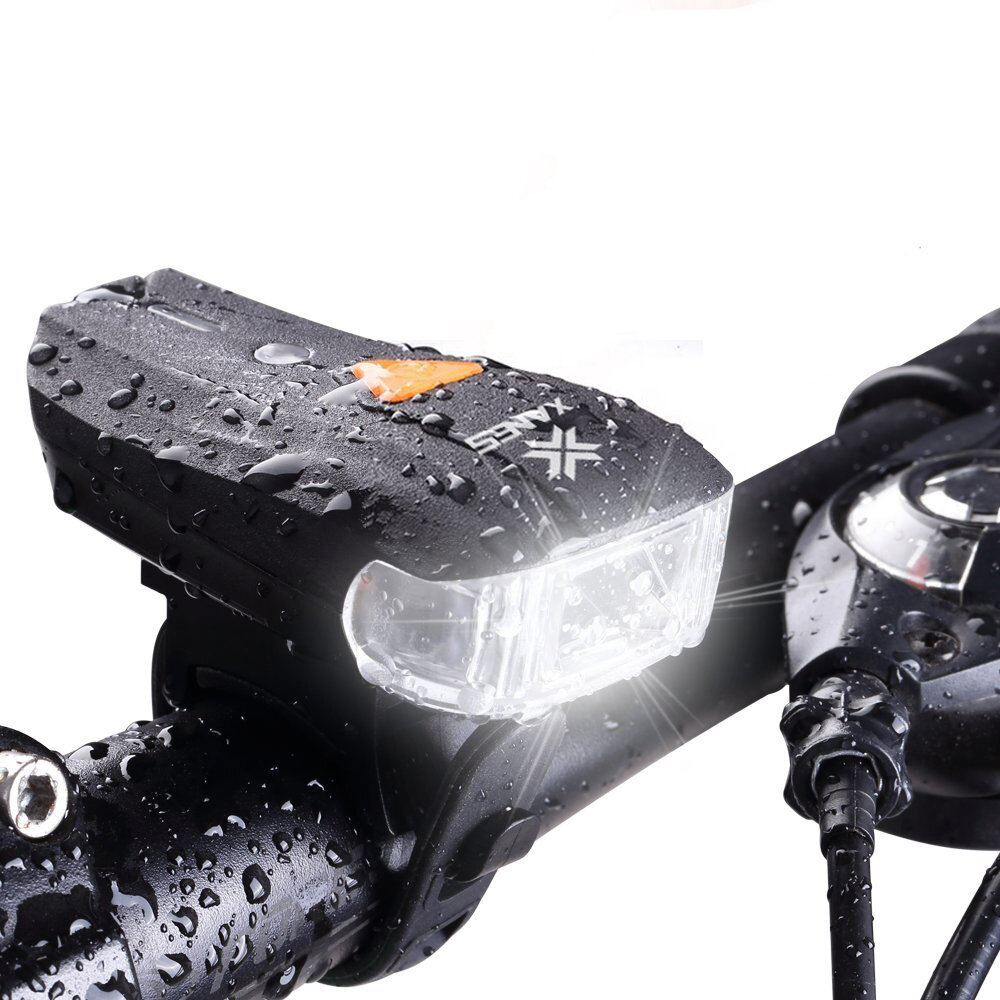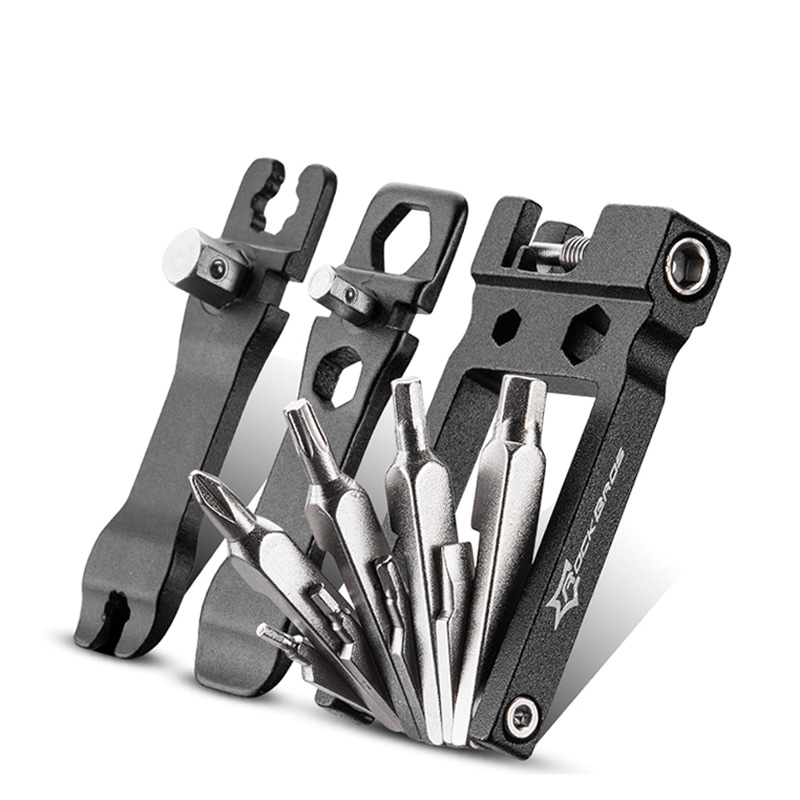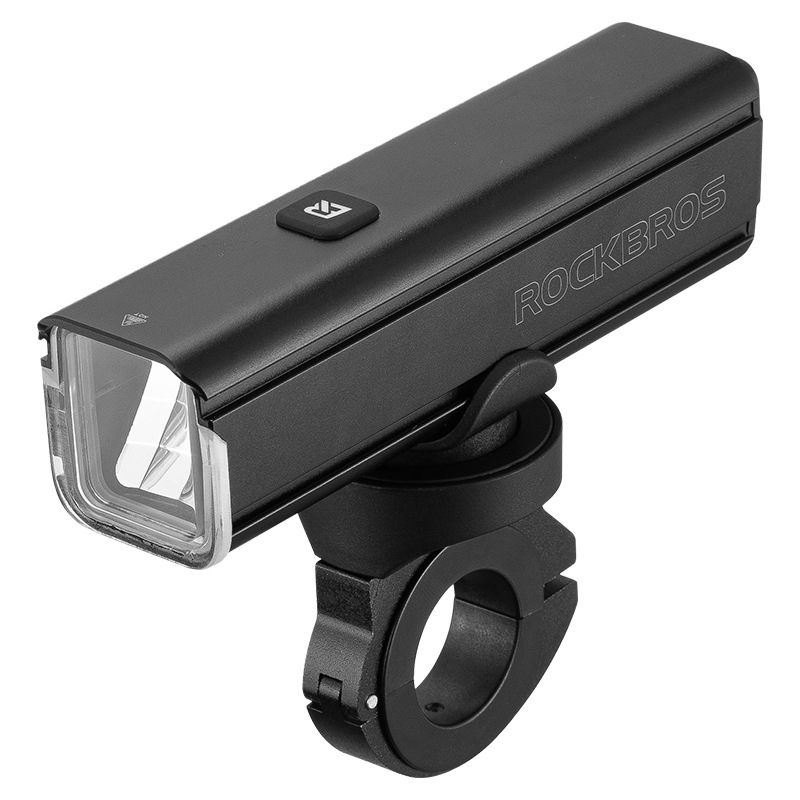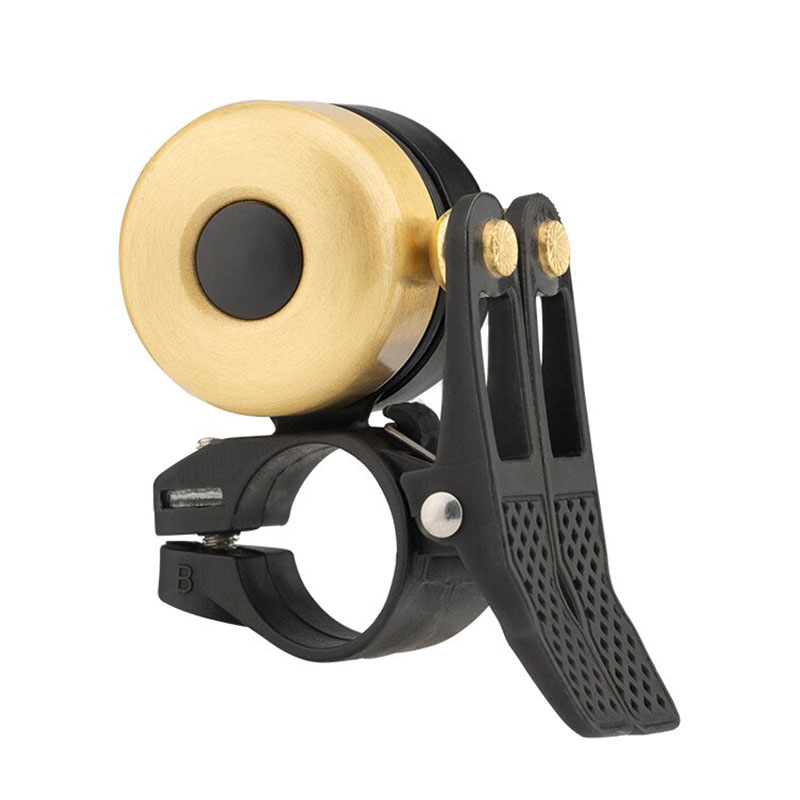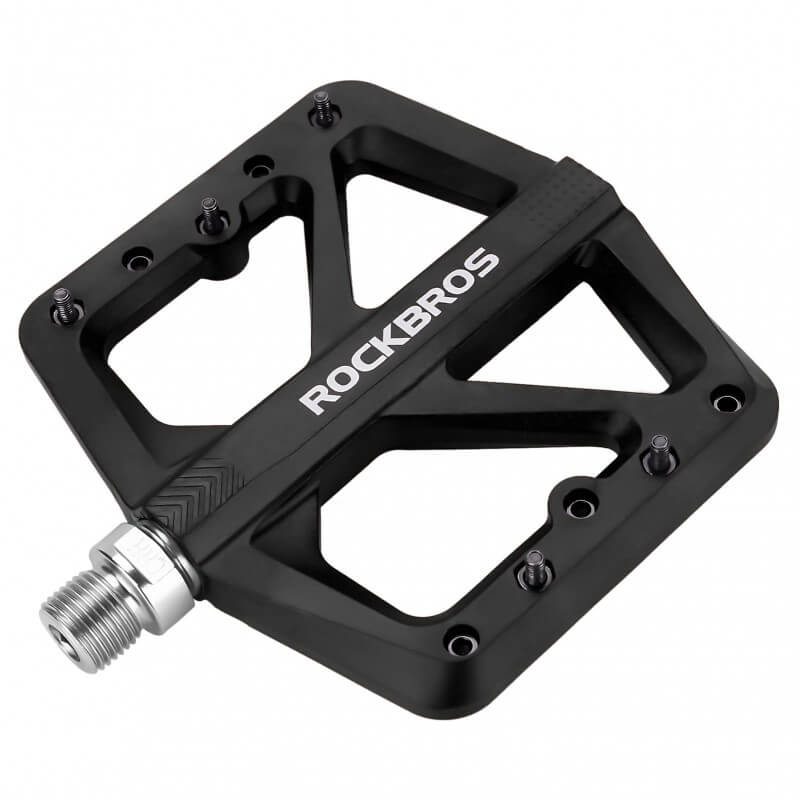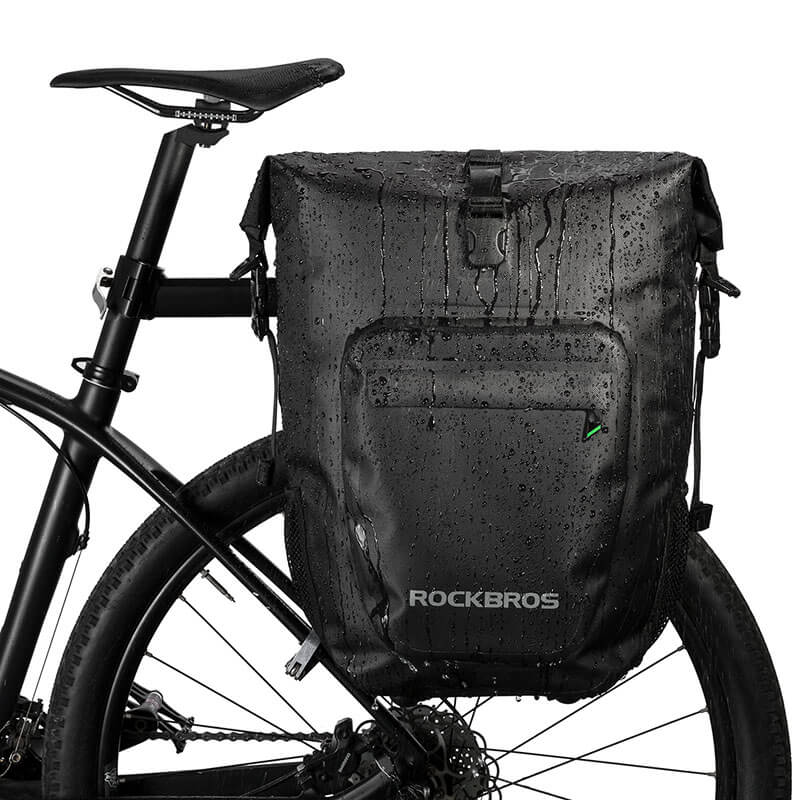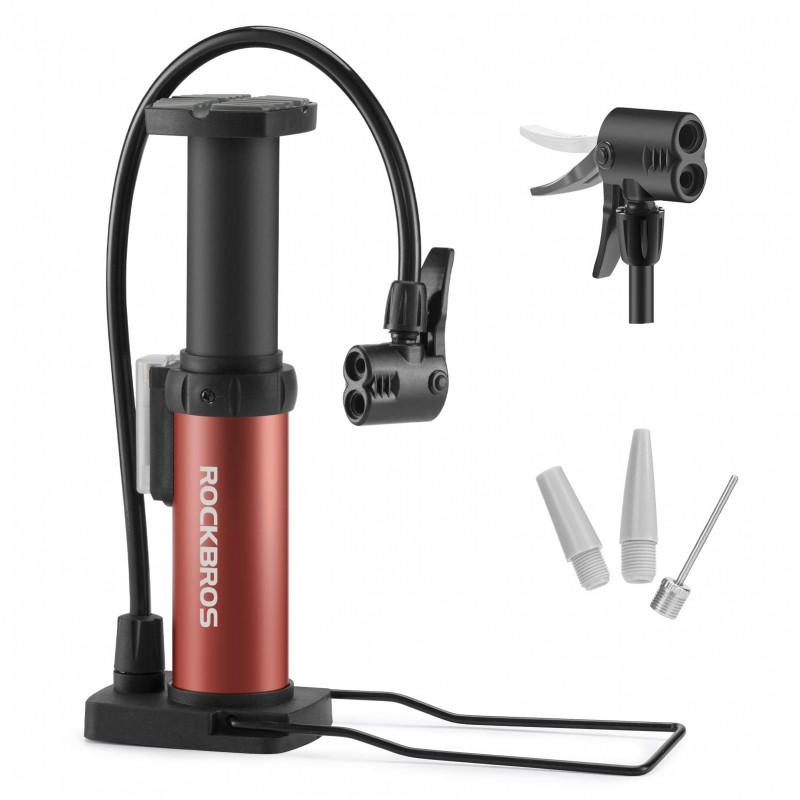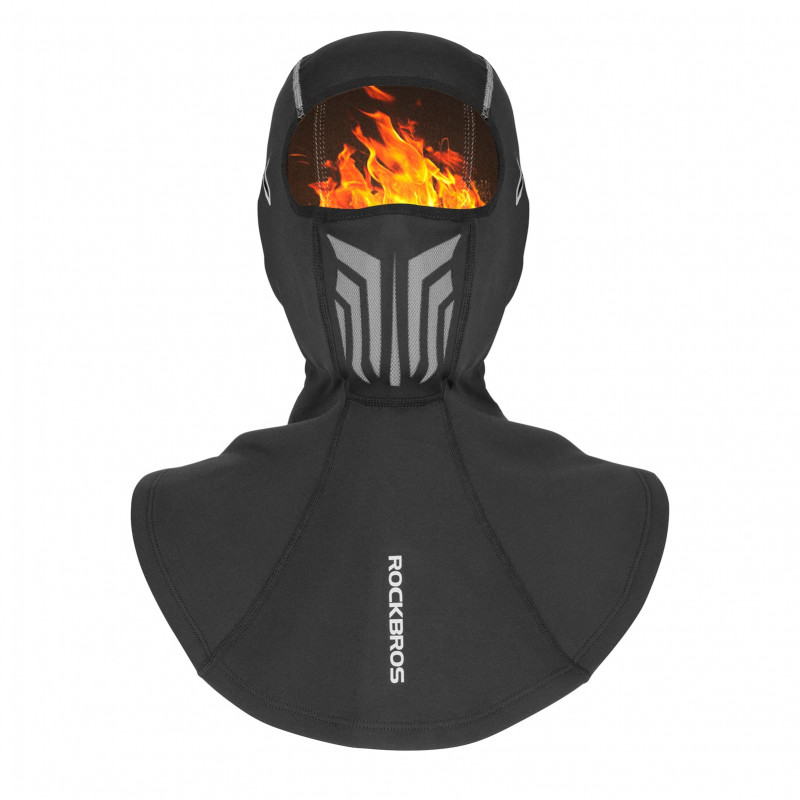Selecting the Right Mountain Bike Chain for Smooth Gear Transitions
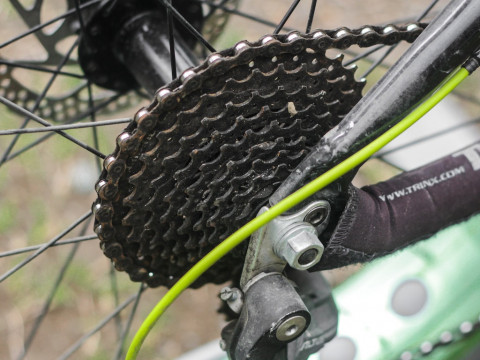
Mountain biking is an exhilarating outdoor activity that requires proper gear shifting to conquer various terrains. One crucial component that contributes to smooth gear transitions is the mountain bike chain. A high-quality chain ensures precise and efficient power transfer between the pedals and the rear wheel, allowing riders to effortlessly switch gears. In this article, we will explore the factors to consider when selecting the right mountain bike chain and provide valuable tips for achieving seamless gear shifts.
Introduction
Importance of a smooth gear transition in mountain biking
In mountain biking, a smooth gear transition can make a significant difference in the overall riding experience. It enables riders to maintain momentum, tackle steep climbs, and smoothly navigate technical descents. Proper gear shifting ensures that the bike's drivetrain efficiently transfers power to the wheels, optimizing performance and reducing the risk of chain slippage or derailments.
Role of the chain in gear shifting
The mountain bike chain acts as a vital link between the front chainring and the rear cassette. When a rider operates the shifters, the chain moves between different-sized chainrings and cogs, enabling gear changes. The smoothness and accuracy of this process depend on the quality, compatibility, and maintenance of the chain.
Understanding Mountain Bike Chains
Anatomy of a mountain bike chain
A mountain bike chain consists of individual links connected by pins. These links articulate and engage with the teeth of the chainrings and cassette cogs. The outer plates protect the chain and facilitate smooth engagement, while the inner plates provide strength and stability. Additionally, rollers and bushings inside the chain reduce friction during movement.
Different types of mountain bike chains
Single-speed chains
Single-speed mountain bike chains are designed for bikes with a single chainring and rear cog. These chains are typically wider and stronger than multi-speed chains to withstand the higher torque loads. They are popular among riders who prefer simplicity and durability, such as those who engage in dirt jumping or urban commuting.
Multi-speed chains
Multi-speed chains are designed for bikes with multiple front chainrings and a rear cassette. These chains are narrower to accommodate the smaller gaps between the cassette cogs. They are available in different speeds, ranging from 6-speed to 12-speed, to match the drivetrain configuration of the bike.
Factors to Consider when Selecting a Mountain Bike Chain
Compatibility with the drivetrain
Before choosing a mountain bike chain, it is essential to ensure compatibility with the drivetrain components. Different drivetrain brands and models have specific requirements regarding chain width, length, and shifting technology. Checking the manufacturer's recommendations and specifications is crucial to avoid compatibility issues.
Number of speeds
The number of speeds on a mountain bike refers to the total count of chainrings and cassette cogs. Each speed requires a corresponding chain designed to work optimally with the specific spacing and width of the gears. It is crucial to select a chain that matches the number of speeds on the bike to ensure smooth shifting performance.
Chain durability
Durability is a key consideration when selecting a mountain bike chain. Chains undergo significant stress during riding, and a robust chain can withstand the demands of off-road conditions. Look for chains made from high-quality materials that offer excellent resistance to wear and corrosion, ensuring a longer lifespan and consistent performance.
Weight
For riders focused on maximizing performance, weight becomes a crucial factor. While a lighter chain can contribute to a more responsive ride, it is essential to find a balance between weight reduction and durability. Lightweight chains often employ advanced materials and construction techniques to maintain strength while shedding grams.
Maintenance requirements
Consider the maintenance requirements of a chain before making a selection. Some chains may require more frequent cleaning and lubrication to maintain optimal performance and prevent premature wear. Understanding the maintenance needs of a chain will help riders plan their maintenance routines effectively.
Choosing the Right Size and Width
Determining the appropriate chain length
The length of the mountain bike chain is crucial for proper operation. An incorrectly sized chain can lead to poor shifting performance, increased wear on the drivetrain, and potential accidents. To determine the appropriate chain length, follow the manufacturer's guidelines or consult a professional bike mechanic.
Understanding chain width compatibility
Mountain bike chains come in various widths to accommodate different numbers of speeds. It is crucial to choose a chain with the correct width to ensure proper engagement with the chainrings and cassette cogs. Incompatibility can result in inefficient shifting, excessive noise, and premature wear.
Considering chainring and cassette compatibility
Besides width compatibility, it is essential to consider the specific chainring and cassette compatibility. Some drivetrain manufacturers design chains that work optimally with their chainrings and cassettes, ensuring precise shifting and extended chain life. Checking compatibility charts or consulting with experts can help determine the best chainring and cassette combination.
Evaluating Chain Durability and Performance
Materials used in mountain bike chains
Mountain bike chains are commonly made from stainless steel, nickel-plated steel, or more advanced alloys. Stainless steel offers excellent resistance to corrosion but can be heavier. Nickel-plated chains combine durability and corrosion resistance while reducing weight. Advanced alloys like titanium or ceramic coatings provide further enhancements in terms of weight reduction and friction reduction.
Surface coatings and treatments
To enhance durability and performance, some mountain bike chains feature surface coatings or treatments. These coatings, such as Teflon or ceramic coatings, reduce friction, improve shifting, and enhance corrosion resistance. Chains with such coatings may come at a higher cost but offer improved longevity and smoother gear transitions.
Resistance to wear and corrosion
Mountain bike chains are exposed to harsh conditions, including mud, dirt, and moisture, which can accelerate wear and corrosion. Choosing a chain with excellent resistance to wear and corrosion is crucial for longevity and optimal performance. Look for chains with special treatments or materials that offer enhanced durability against these elements.
Performance in different weather conditions
Riders often encounter various weather conditions during mountain biking adventures. Chains that perform well in wet or muddy conditions can be beneficial, as they resist rusting and maintain smooth operation. Chains with effective water displacement and self-cleaning features can help riders maintain consistent shifting performance regardless of the weather.
Weight Considerations
Balancing weight and durability
Weight reduction is a common pursuit among mountain bikers looking to enhance performance. However, it is essential to strike a balance between weight reduction and durability. Extremely lightweight chains may sacrifice durability, leading to premature stretching, wear, and potential chain failure. Consider the intended riding style and the chain's intended use when making weight-related decisions.
Lightweight chain options
For riders focused on weight reduction, several lightweight chain options are available in the market. These chains utilize advanced materials, such as carbon fiber or titanium, and innovative construction techniques to achieve significant weight savings. However, they are often more expensive and require careful maintenance to ensure longevity.
Performance implications of lighter chains
It is important to note that lighter chains may have different performance characteristics compared to standard chains. They may have reduced strength or be more susceptible to premature wear. Riders should carefully assess their priorities and riding style before opting for an ultralight chain.
Maintenance and Care for Mountain Bike Chains
Cleaning and lubrication
Proper chain maintenance is crucial for optimal performance and longevity. Regularly cleaning the chain with a suitable degreaser and lubricating it with a high-quality bike chain lubricant will help reduce friction, prevent rust, and ensure smooth gear transitions. Establishing a regular maintenance routine will help prolong the life of the chain.
Regular inspection for wear
Frequent inspections allow riders to identify signs of chain wear and take appropriate action. Look for elongation, corrosion, stiff links, or excessive noise during shifting. If the chain shows significant signs of wear, it is advisable to replace it promptly to avoid damage to other drivetrain components.
Replacing a worn-out chain
When a mountain bike chain reaches its recommended wear limit, it is crucial to replace it promptly. Continuing to ride with a worn-out chain can lead to premature wear on the cassette and chainrings, compromising shifting performance and potentially causing damage. Regularly measuring chain wear with a chain wear indicator can help determine when a replacement is necessary.
Extending the lifespan of your chain
Several practices can help extend the lifespan of a mountain bike chain. Avoid riding in excessively muddy or sandy conditions, as these can accelerate wear and increase chain friction. Additionally, using appropriate lubricants, avoiding cross-chaining, and maintaining a clean drivetrain will contribute to the chain's longevity.
Tips for Smooth Gear Transitions
Proper shifting technique
Developing good shifting technique is essential for achieving smooth gear transitions. Instead of forcefully shifting gears, apply steady and consistent pressure on the shifters while pedaling. This allows the chain to move smoothly between the chainrings and cassette cogs, reducing the chances of chain drops or misalignment.
Avoiding cross-chaining
Cross-chaining occurs when the chain is placed at extreme angles, such as using the small chainring with the smallest cassette cog or the large chainring with the largest cassette cog. This can cause excessive strain on the chain and lead to poor shifting performance. Avoiding cross-chaining by selecting appropriate gear combinations helps maintain a smoother chainline and improves shifting accuracy.
Maintaining a well-tuned drivetrain
Regularly tuning and adjusting the drivetrain components, such as the derailleurs and shifters, ensures optimal shifting performance. A properly tuned drivetrain facilitates precise and effortless gear changes, reducing the stress on the chain and enhancing overall riding experience. Periodic tune-ups by a professional bike mechanic can help maintain a well-tuned drivetrain.
Conclusion
Selecting the right mountain bike chain is crucial for achieving smooth gear transitions and optimizing performance on the trails. Consider factors such as compatibility with the drivetrain, durability, size and width, and weight when choosing a chain. Regular maintenance, proper shifting technique, and avoiding cross-chaining contribute to seamless gear shifts and prolonged chain life. By understanding the importance of a well-chosen chain and implementing best practices, riders can enjoy a more enjoyable and efficient mountain biking experience.
FAQs
What is the recommended chain type for a 10-speed mountain bike?
For a 10-speed mountain bike, a 10-speed chain designed for the specific drivetrain brand and model is recommended. Check the manufacturer's recommendations and specifications for compatibility.
Can I use a road bike chain on a mountain bike?
While road bike chains may share similar widths with some mountain bike chains, they are not recommended for mountain biking. Mountain bike chains are designed to handle the demands of off-road riding, with enhanced durability and resistance to wear and corrosion.
How often should I replace my mountain bike chain?
Regularly inspect your mountain bike chain for signs of wear, such as elongation, stiff links, or significant corrosion. As a general guideline, consider replacing the chain every 1,500 to 2,000 miles (2,400 to 3,200 kilometers) or when it reaches its recommended wear limit.
Are all mountain bike chains compatible with all drivetrain brands?
Not all mountain bike chains are universally compatible with all drivetrain brands. Different brands may have specific requirements in terms of chain width, shifting technology, and compatibility. Consult the manufacturer's recommendations and specifications to ensure compatibility.
What can I do to reduce chain noise during gear shifts?
To reduce chain noise during gear shifts, ensure the chain is properly lubricated with a suitable bike chain lubricant. Additionally, maintaining a well-tuned drivetrain, avoiding cross-chaining, and using proper shifting technique can contribute to quieter gear transitions.
